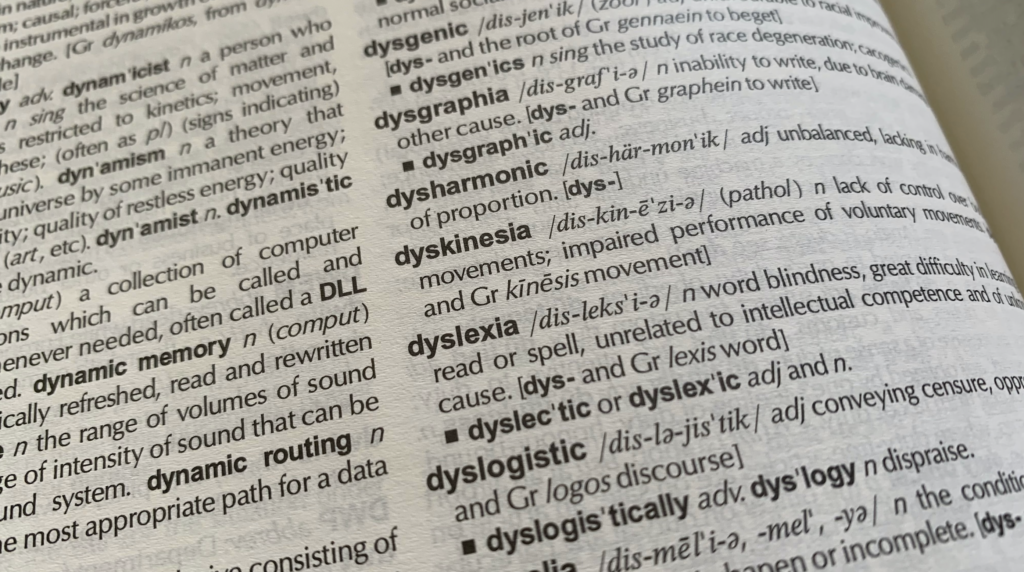Vision therapy enhances visual skills and abilities that assist with processing visual information. While it does not improve the strength of the eyes, one could almost think of it as physical therapy for the eyes.
During vision therapy, trained therapists conduct a variety of exercises and treatments using tools like specialized lenses, prisms, 3D activities, dedicated computer software, and more. Patients can improve their visual function since this noninvasive, drug-free therapy helps teach the brain more control over the eyes and what they see.
Vision therapy has been used to help patients with vision-related ailments and other conditions. Even some ADHD doctors may recommend vision therapy as a treatment for ADHD.
Today we want to answer the question: can vision therapy help dyslexia? If you live in Lancaster, PA, and have a child who struggles with dyslexia, read on.

One common topic concerning vision therapy and dyslexia is visual processing issues. There are some similarities between the two, and it is essential to distinguish between dyslexia and a visual processing problem.
Children with dyslexia may have trouble with reading and spelling, which impacts their comprehension and writing. They may also find it difficult to match letters and understand how they sound. Overall, these symptoms make working with language challenging and frustrating for patients.
Dyslexia impacts anywhere from ten to twenty percent of the population and represents about eighty percent of those with a learning disability. That being said, dyslexia is not a problem with intelligence and many dyslexic patients excel in other areas.
With a visual processing disorder, patients have difficulty understanding written symbols such as letters, numbers, equations, or ideas. Even arrows on a road sign can be difficult to interpret for someone who has a visual processing disorder.
Visual processing issues can also affect how someone sees and reads certain letters combinations. For example, the letter “r” and the letter “n” may seem easy enough to distinguish while separate, but when placed next to each other, “rn” looks very similar to “m.” Someone with visual processing issues may struggle to tell the two apart.
Now that we have made a distinction between dyslexia and visual processing issues, we can answer the question, can vision therapy help dyslexia?
Patients diagnosed with dyslexia often have vision problems that contribute to their dyslexia. Many of the issues from visual processing disorder overlap congruently with dyslexia.
While vision therapy may not directly impact dyslexia, it can help indirectly. Visual processing issues can act as a roadblock, so to speak, and prevent effective dyslexia treatment. By working with an experienced vision therapist, patients can remove that roadblock, thus improving their focus and concentration. Any vision issues holding a patient back during traditional dyslexia treatments would no longer be a problem.
Doctors inexperienced or unfamiliar with vision issues can misdiagnose children for dyslexia, visual processing disorders, ADHD, and other things, so it’s essential to work with professionals you can trust. The Vision Development Center of Lancaster has helped many patients in Lancaster, PA, and beyond with everything from common vision problems to ADHD and more.
If your child has trouble concentrating, reading, or comprehending, there may be more to these difficulties than meets the eye. Schedule an appointment with us today and we can help diagnose and treat any potential issues. Click here to take our vision quiz today to start your child’s journey towards better vision and a better life!

